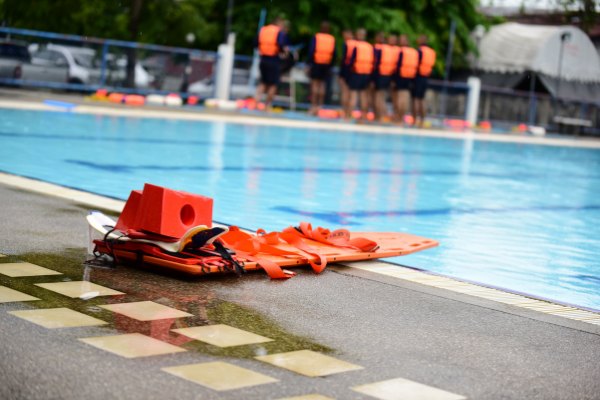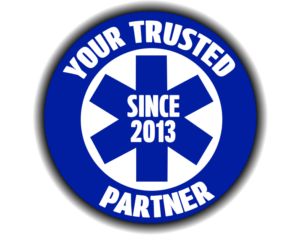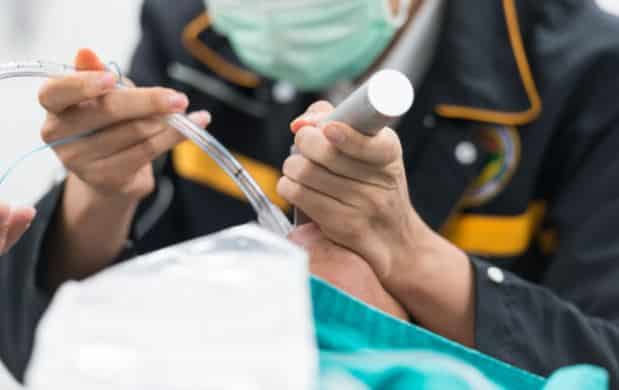
When is Immobilization Equipment Needed?
Many calamities can cause injuries that require immobilization, not the least of which include vehicle collisions, construction mishaps, playground accidents, and falls. Broken bones, especially involving the spinal cord, the neck, and the spine itself, are of particular concern to EMS specialists, since any movement of those bones could sever blood vessels, arteries, or even the spinal cord itself. Backboards, splints, restraints, and neck or cervical collars are necessary pieces of immobilization equipment that prevent a patient from suffering further injury.
The term immobilization literally means to keep something or someone from being able to move. In the case of severe injuries, immobilization not only keeps a patient from causing further injury, but it also promotes healing for a period of time after the injury has been diagnosed and treated. An accident victim who has suffered a broken arm or leg, especially in the form of a compound fracture, will have to have that limb immobilized until a cast can be applied to permanently set the bone for the healing process. In those cases, the limb may be placed into a restraint or even strapped to another part of the body or a backboard or stretcher to keep it still.
It’s critical to keep a patient’s head and neck motionless using a cervical collar and a backboard or spinal board under the following circumstances:
- The patient feels pain or tenderness along the spine
- There is evidence of blunt trauma
- The patient is showing symptoms of neurological complications
- The patient is unconscious or cannot remain conscious
- There is an obvious injury or deformity to the back or spine
- The patient is displaying abnormally high energy levels due to alcohol intoxication, drug use, or some other physical or emotional distraction.
The most common immobilization equipment found in ambulances and utilized by EMS providers include:
- Spinal boards or backboards – Placed underneath the patient, these pieces of EMS equipment allow the patient to be lifted and moved without disturbing his or her body position.
- Neck or cervical collars – There are different styles made out of different materials, but the common purpose of a cervical collar is to keep the head and neck from moving.
- Splints and straps – Splints can be applied to arms or legs to stabilize broken bones. Straps can be used to secure the position of the head or a broken extremity to prevent movement.
Coast Biomedical Equipment is a leading provider of emergency medical equipment including immobilization devices. Contact us or visit our website today to learn more about our products or to request a quote for EMS equipment repair services.




